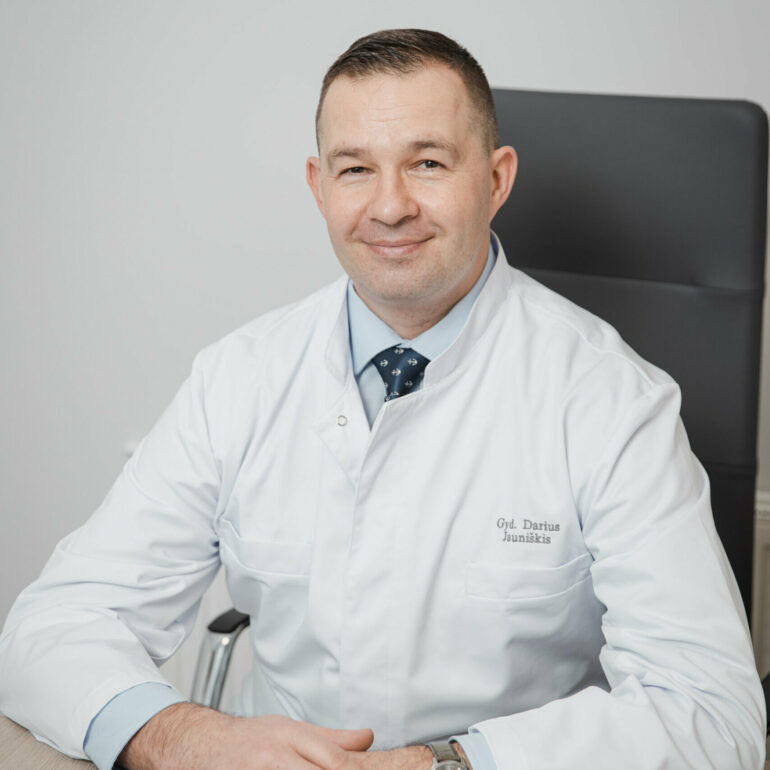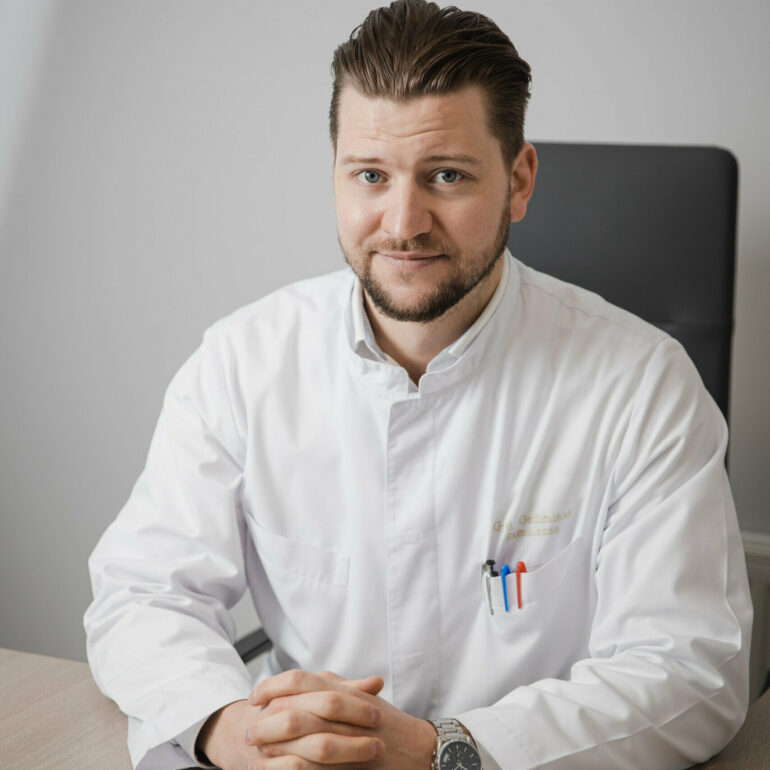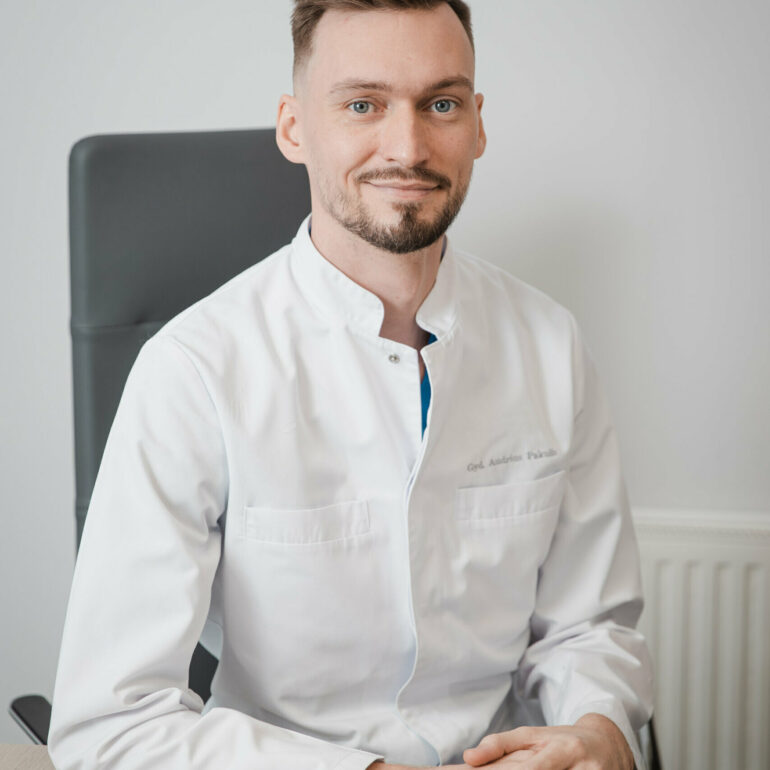Breast Augmentation
Breast augmentation, sometimes referred to as a “breast aug” or “boob job” by patients, involves using breast implants or fat transfer to increase the size of your breasts. This procedure can also restore breast volume lost after weight reduction or pregnancy, achieve a more rounded breast shape, or improve natural breast size asymmetry.
Breast augmentation is also referred to as augmentation mammoplasty. When fat from another part of the patient’s body is used to create the improved breast volume, the procedure is referred to as fat transfer breast augmentation.
Breast lifting can often be done at the same time as your augmentation or may require a separate operation. Your plastic surgeon will assist you in making this decision.
We offer a broad variation of breast surgery
Prices from: £ 3508
View our pricelist, to find find price that matches your personal need.
Services included in the LXK price:
Services included in the LXK price:
- Rules and regulations corresponding to European standards
- 5 years guarantee for capsule formation. 10 years if you are a non-smoker
- 1 year of post-operations
All inclusive services
- Free transport to and from the airport in Kaunas. If you choose to arrive at the airport in Vilnius the return price is around £45.
- Free transportation between the hotel and the clinic
- All the necessary medicines, bandages, and antibiotics to use after the surgery
- Blood test, which will be performed before the surgery
- Special, supportive bra and a suit for compression
- Lymphatic drainage treatment (massage)
- The presence of two surgeons at the surgery
- All-inclusive two-day stay at the clinic
Patient Information
What breast augmentation surgery CAN DO.
- Increase fullness and projection of your breasts
- Improve balance of breast and hip contours
- Enhance your self-image and self-confidence
Breast implants may also be used for breast reconstruction after mastectomy or injury.
What breast augmentation surgery CANNOT DO!
- Breast augmentation does not correct severely drooping breasts. A breast liftmay be required along with a breast augmentation for sagging breasts to look fuller and lifted.
Breast Augmentation surgery will NOT be performed if you are
- 18 years old or younger;
- Pregnant or breastfeeding; or
If the breasts have not been the same size for a minimum of three months after breastfeeding has ceased.
NOTE: Some pre-existing chronic conditions, such as diabetes, do not necessarily mean that you cannot have this surgery. Pre-existing chronic conditions MUST be declared to your surgeon so that he/she is best able to advise you, perform additional examinations if deemed necessary and reduce potential risks.
At the examination, you will discuss the size of the implant you desire with your surgeon. He reserves the right to refuse a patient’s desired size should he is of the professional opinion that the result will NOT benefit the patient.
If the breast has stretch marks and lost elasticity, a supplementary surgery (a breast lift) may be required. This can occur before, during or after the surgery to accomplish the desired result.
There are 2 types of implants, made of silicone or saline.
- Silicone implants are the most common type. They are less likely to wrinkle and feel more natural.
- Saline implants are more likely to fold, rupture or go down over time. If they do go down or rupture, the saline will safely be absorbed into your body.
Your surgeon will use an implant that consists of an outer shell containing solid silicone and content. The surface of the shell can be either smooth or with more texture. The content consists of cut resistant silicone gel. The gel is made of medical silicone and the implants are FDA approved. The brand they use is Polytech, is one of the leading and most secure brand in the world. The size of the implants will range from 200ml to more than 500ml.
Breast implant surgery is carried out under general anesthetic.
The operation involves:
- making a cut (approximate 5 cm incision) in the skin next to or below the breast;
- positioning the implant– either between your breast tissue and chest muscle, or behind your chest muscle (as discussed during your consultation);
- in some cases, a suction drain is inserted to remove tissue fluid and blood and will usually be removed the day after surgery;
- to decrease the risk of infection patients will be provided with antibiotics;
- stitching the incisionand covering it with a dressing; an
- the operated area will get a supportive bra to achieve optimal results.
The operation takes between 60 and 90 minutes.
You may be able to go home the same day but may need to stay in hospital overnight if the operation was scheduled late in the day.
You will be given pain relief if you experience any discomfort afterwards.
Swollenness, restricted range of motion around the surgical area; and post-surgical pain are some of the things you will most likely experience the first few days after surgery. Pain killers, antibiotics, and medicine to reduce swelling will be provided by the clinic and these conditions will decrease quickly.
You will be provided with a supportive bra that should be worn 24/7 for 8-12 weeks after surgery, based on the recommendation of your surgeon. You should be able to move around soon after having breast enlargement surgery.
It can take a few weeks to fully recover from surgery, so you should take a week or 2 off work. You should not drive for at least 1 week and avoid heavy lifting or strenuous exercise for two months.
- After 2 weeks: Your stiches will be removed by your personal doctor or medical clinic.
- After 6 weeks: You should be able to return to most of your normal activities. Your scars should also start to fade.
- After 2-3 months: Your breasts should start to look and feel more natural. You may be able to stop wearing your sports bra.
It is not possible to tell in advance how long the implants can last, but it is certain that modern implants, like the ones used by the clinical surgeons, may last anywhere from 10 – 20 years. That said, it is important to know that the need for one or more future replacements will be necessary.
The FDA estimates that breast implants should last at least ten years. Studies have shown that some breast implants last much longer than that and others much less. Over time, breast implants can change shape and they do not last a lifetime. Although breast implants do not actually expire, they are not guaranteed to last a lifetime. However, many are removed sooner due to complications or cosmetic concerns.
An examination of the breast tissue is a bit more difficult to perform for patients with implants, especially if located in front of the muscle. This occurs because silicone- and saltwater implants make a kind of a shadow for the x-rays. Today, a mammography is supplemented with ultra-scanning, but it is important to inform the radiologist about the implants.
Patients that are getting a breast augmentation and are over 40 years old should have completed a mammography and/or a ultra-sound scanning before the surgery. Screening does not check your implants. If you think you have a problem with one or both implants, please mention this before you are screened, as mammography might not be appropriate.
There is a risk of complications with every surgical intervention.
- This could be in the form of infections, bleeding, sensory disturbances and periodical or chronic pain
- In 1-2% of the surgeries, there is a risk of blood clotting and it may be necessary to perform an operation to stop it.
- In the first few months, patients may experience a lack of sensitivity in the area. While generally temporary in some cases, the area will stay less sensitive permanently.
- Scars are normally hardly visible but there are no guarantees. You should have yourself tested to ensure that you are not a keloid healer.
- The risk of infection in scars is usually very small and mostly on the surface. The risk of a deeper infection around the actual implant is less than 1%, but it is something to take seriously. A deep infection means that it is necessary to remove the implant and the patient should continue a through antibiotic treatment before it is possible to replace with new implants.
- There is a risk for capsule shrinkage. The capsule is a thin connective tissue around the implant that defines the implant from the surrounding tissue. In a few cases (3%) this capsule will shrink because of a hardening of the surroundings, which can cause soreness in the breast. This condition can occur single or double sided and the cause is unknown. If a patient is diagnosed, an operation can cure 70% of the cases. NOTE: If patient is diagnosed with this condition once, the risk of a new capsule shrinkage is increased.
Please note that prices quoted below are guide prices only and will be confirmed once your surgeon has assessed your particular condition.
Meet our surgeons




First and always, it is all about you
We invite you to contact us at booking@lxkclinic.co.uk or +44 (0) 7522 403 355.
for a free pre-consultation.
